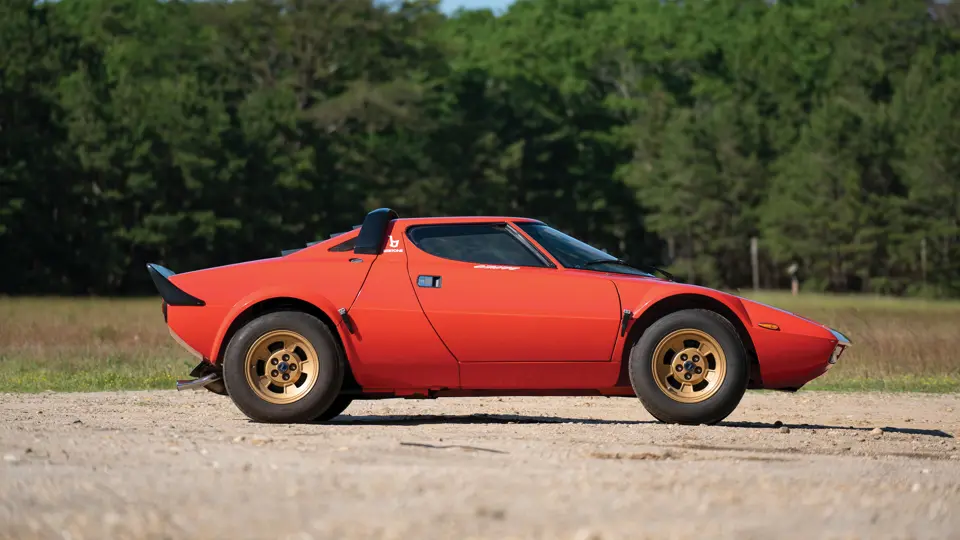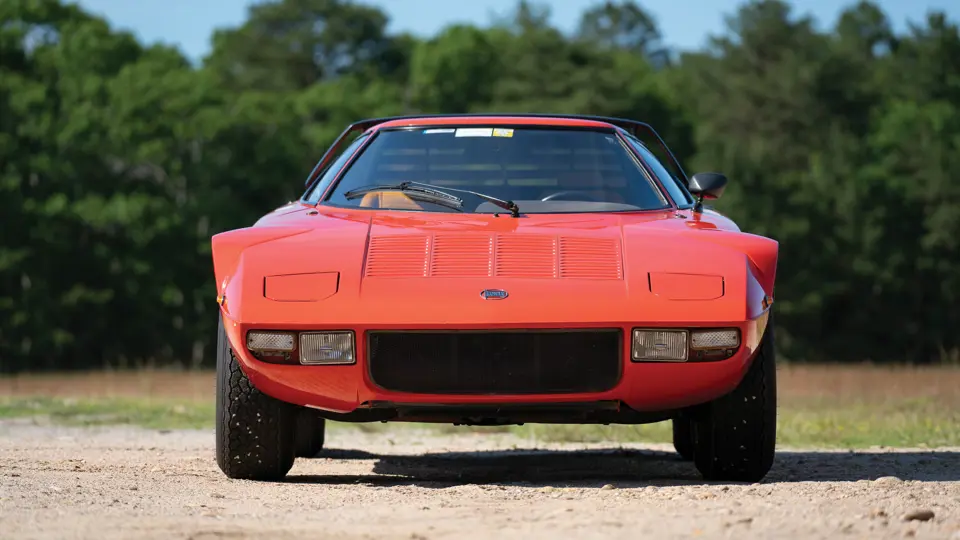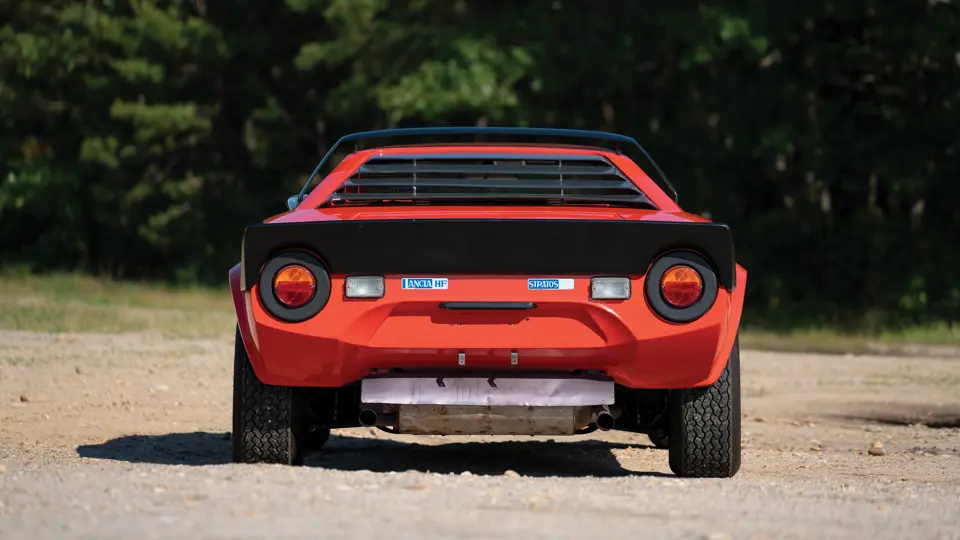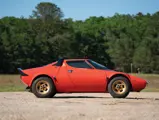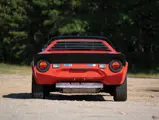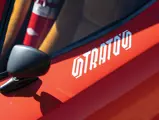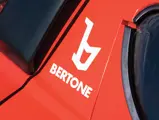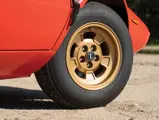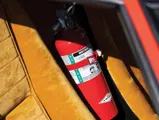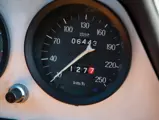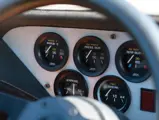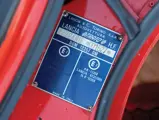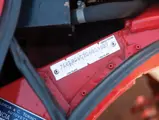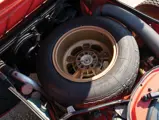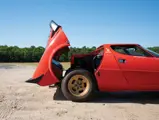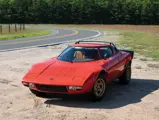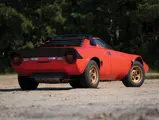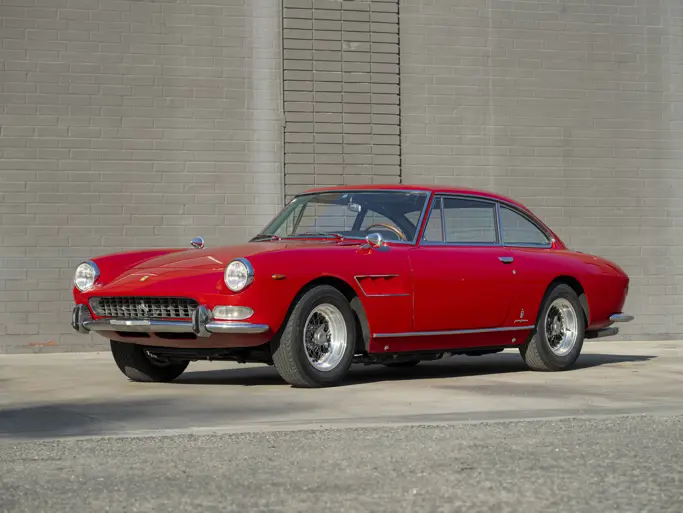
1974 Lancia Stratos HF Stradale by Bertone
{{lr.item.text}}
$600,000 - $675,000 USD | Not Sold
{{bidding.lot.reserveStatusFormatted}}
- 27th of fewer than 500 examples produced
- Two owners from new, with only 6,440 km on the odometer
- A true “time warp” example in remarkably original condition
- Original Lancia delivery documents, owner’s manual, tool kit, and jack
The Lancia Stratos HF was the car the FIA never saw coming. Before its introduction, Group 4 cars were modified production-based Group 3 GT cars, as Lancia’s rally-winning Fulvia had been. The FIA never imagined otherwise. Lancia, however, realized that it could skip the minimum 1,000-unit production requirement for Group 3 by building 500 examples of a dedicated rally car intended solely for Group 4. And that decision forever changed the face of rally sport.
The car’s inspiration had come from with the Stratos Zero concept, designed for Bertone by Marcello Gandini. The rally version would share little other than its mid-engine configuration. Instead of the Zero’s mid-mounted Fulvia drivetrain, the rally car would be powered by a 2.4-liter Ferrari Dino V-6. And instead of the Zero’s impossibly low wedge, Bertone engineered and built bodies which consisted of a central steel monocoque with front and rear subframes, with lightweight fiberglass doors and ‘clamshells’ front and rear.
The resulting Stratos HF (for “High Fidelity”) was introduced to the public at the Turin Motor Show in November 1971. Following a year of intense development, the car made its competition debut in November 1972 on the Tour de Corse, as a Group 5 prototype. Nineteen seventy three saw the car’s first successes, with wins at the Tour de France and the Firestone Rally, and a 2nd at the Targa Florio – still running as a prototype.
Group 4 homologation required 500 examples within a 24-month period. Stratos production officially began on 1 July 1972, which meant that 500 examples had to be completed by 31 July 1974. Bertone built the bodies at their Grugliasco Works and shipped the completed body shells to Lancia for final assembly. Although only 183 examples were completed by the end of 1974, Group 4 homologation was confirmed on 1 October 1974. Bertone had managed to produce enough components and completed body shells for the FIA to approve the homologation, even though body production and final assembly would continue through 1975. In the end, somewhere around 492 completed examples left Lancia’s Via San Paolo Works.
The 1974 Stratos HF stradale, or street version, presented here is a true “time capsule.” The car retains all of its identification tags and stamps. Its body shell (scocca) number, 31, is stamped on the cowl, the rear bulkhead, both door jambs, and the trunk lid. The original PPG/Italver paint sticker is present, indicating the car’s original color as Rosso Arancio (2.464.171). The car also includes an excellent history file that features the original delivery documentation from Lancia. Bertone’s production records document its completion date as 25 June 1974. Bertone’s records confirm that chassis no. 001527 was fitted with scocca 31, and they confirm the original colors of Rosso Arancio with red carpets, “Havana” Alcantara seating surfaces, and black dashboard, door panels, and seat backs. As Lancia’s final assembly could not match Bertone’s speed in building the bodies, 001527 remained at Grugliasco for some months; final assembly at Lancia was completed later that year, with an invoice/shipping date of 18 December 1974.
Chassis no. 001527 shows only 6,440 km from new. The car is understood to have only two owners since being acquired “new” from Lancia dealer Campidoglio Motori in Rome, Italy, in March 1986. Campidoglio apparently used the car as a demonstrator; an original Campidoglio sticker remains on the rear screen. On delivery the odometer read only 3,236 km, and in the last 28 years it has only traveled a further 3,200 km, as confirmed by its accompanying history file. During that time, the car was professionally stored in the UK, then New Zealand, until it was imported to the U.S. in 2014 when it was acquired by the current owner.
The car remains remarkably original throughout. The paint appears mostly untouched, and the interior also remains totally original except for the ‘hand’ of the seats. While in the UK, the Stratos was started on a weekly basis to maintain its running condition. However, as a result of the technician climbing in and out of the car, the outside bolster of the driver’s seat developed some wear in the lightweight Alcantara. Ultimately, the seats were replaced to avoid further wear, though the originals are included with the car. Likewise, the original Pirelli CN36 tires were replaced for safe driving but are included, as well as the original spare. Finally, the car features an owner’s manual and Lancia dealership booklet, a Dino engine parts manual, and an unused tool kit, which includes the jack. A number of Lancia Stratos books and literature are also included.
This amazing car has recently been serviced and is ready to be enjoyed or simply preserved in its current state. This Stratos HF Stradale is one of the finest remaining original, unmolested examples of this rally legend.
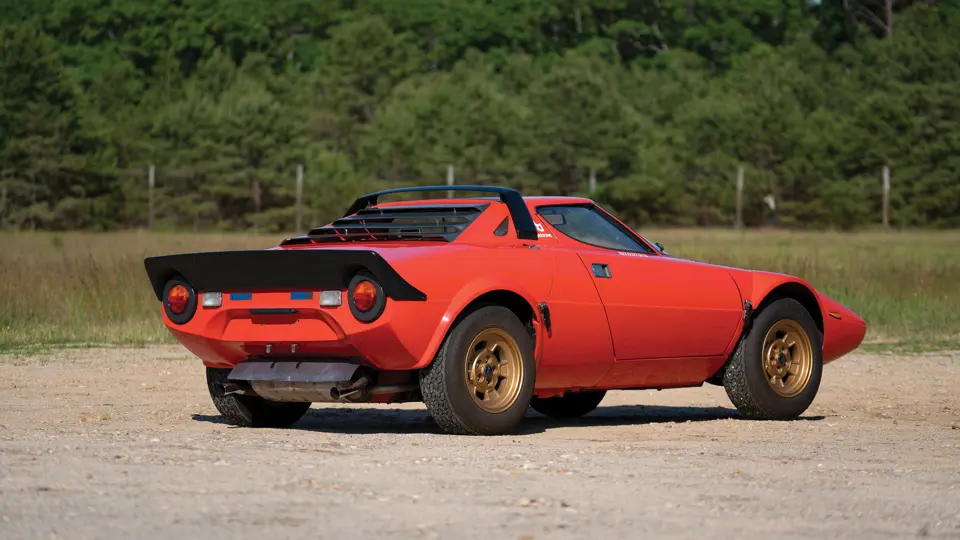

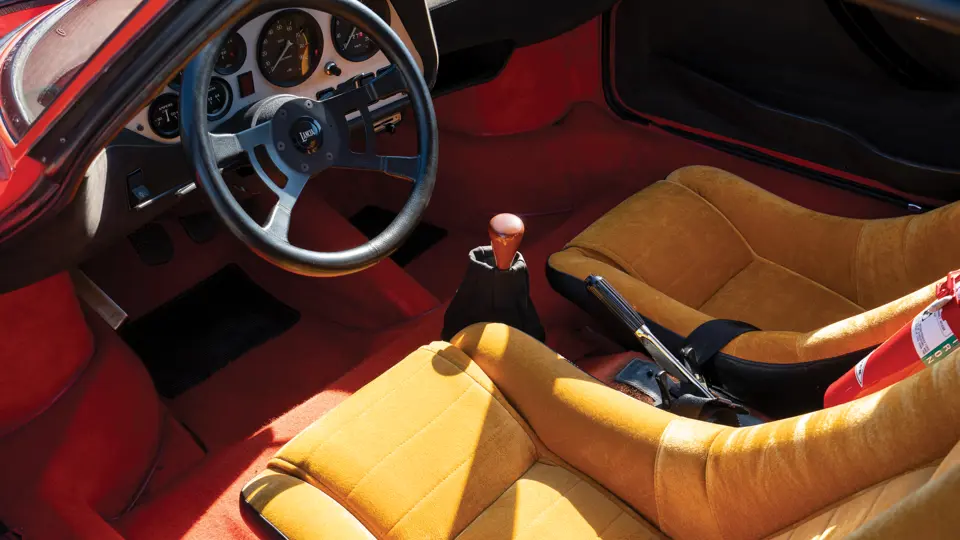


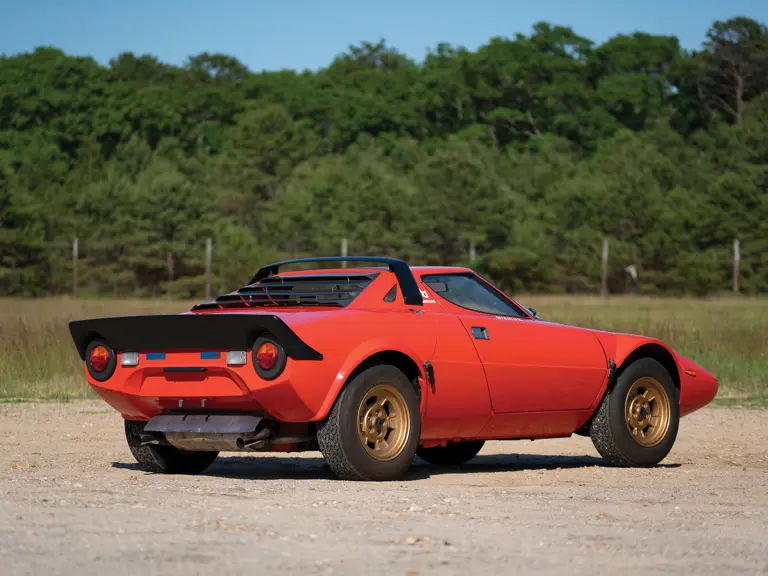
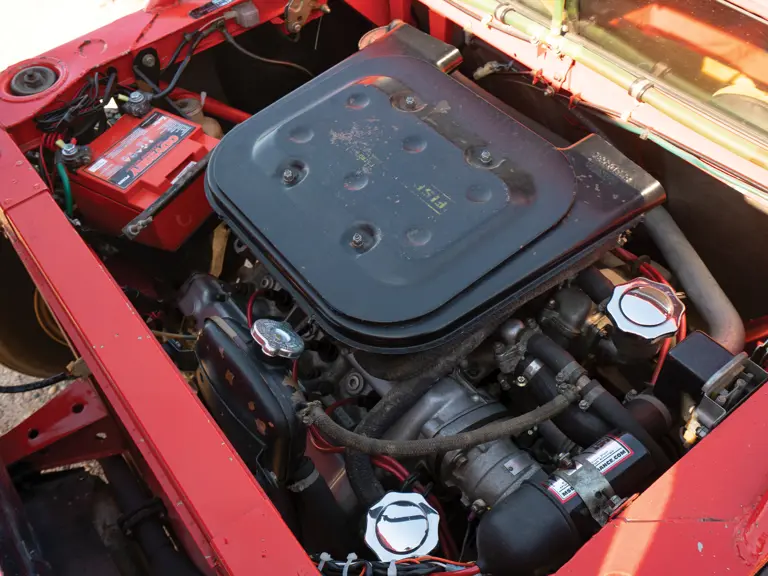
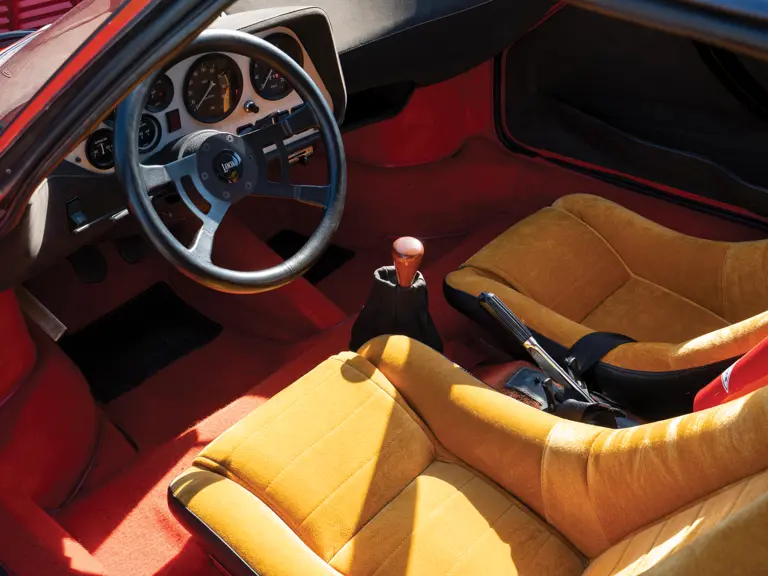
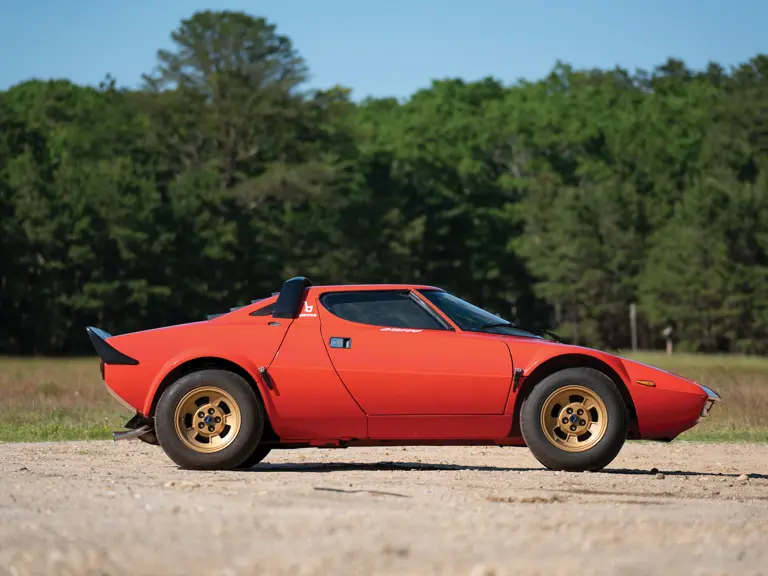
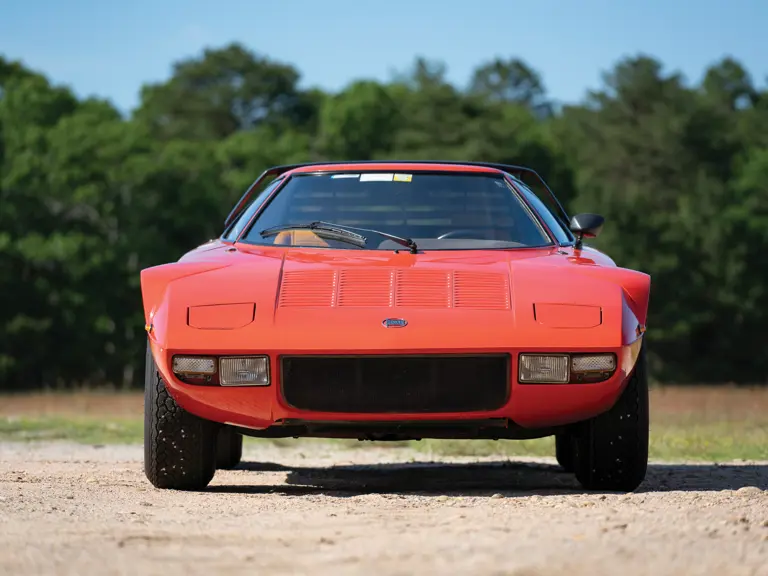
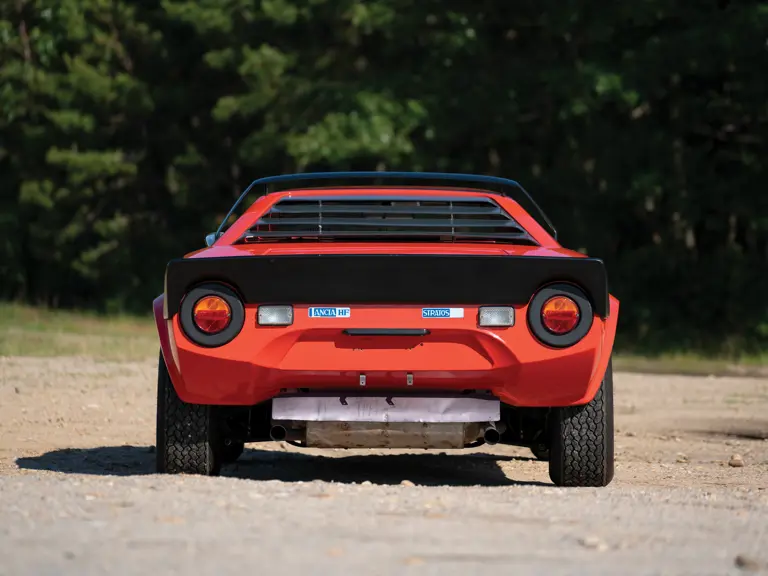
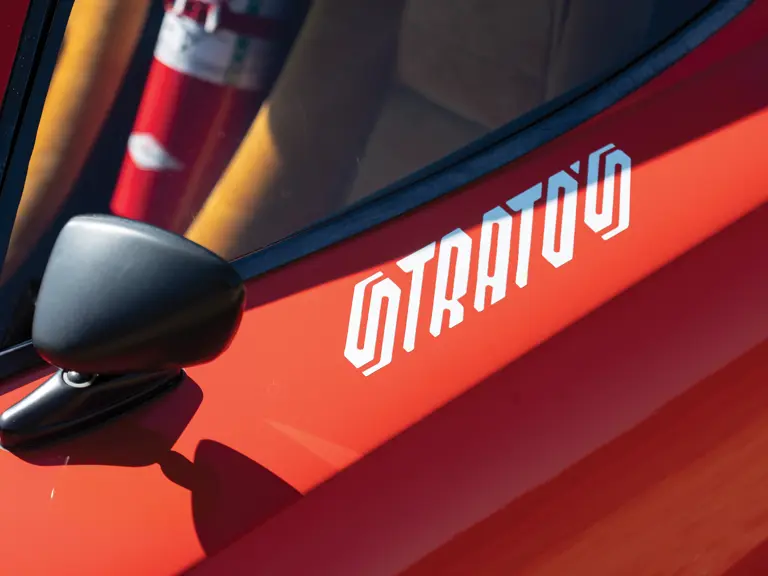
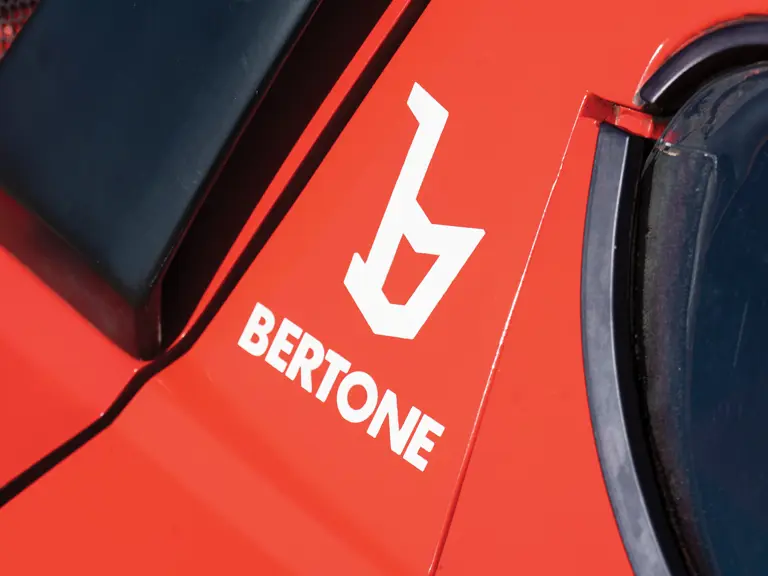
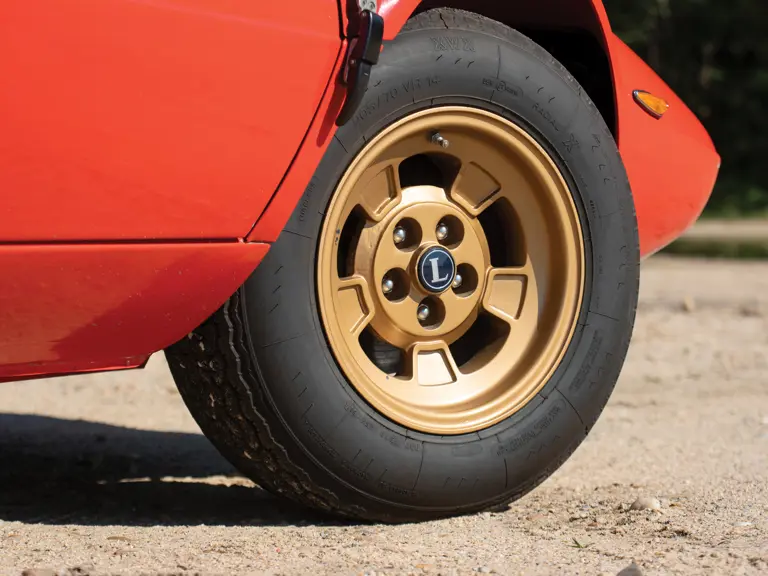
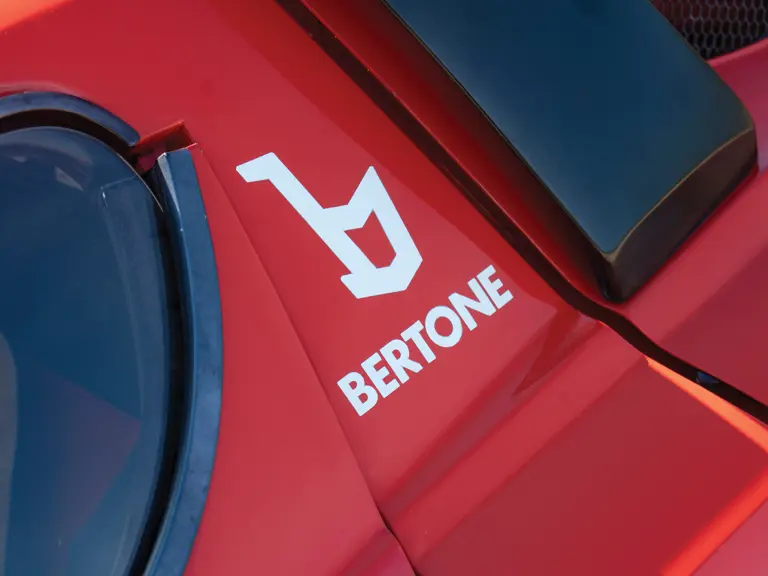
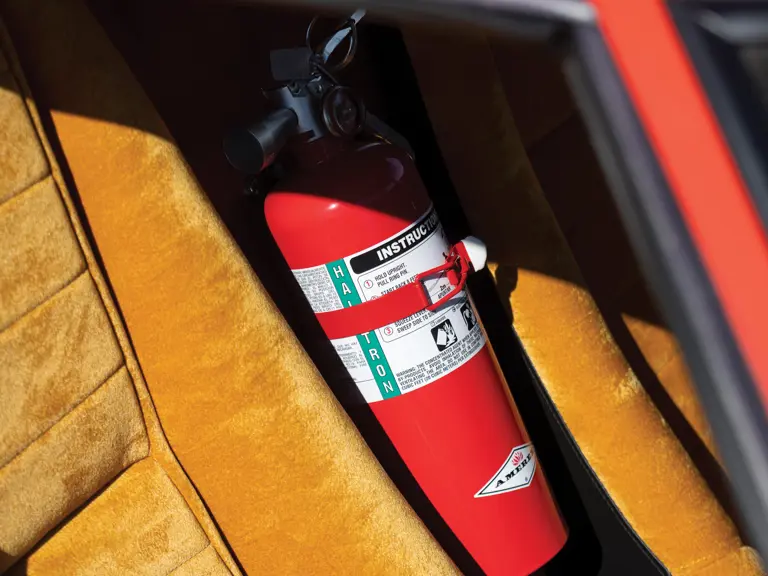

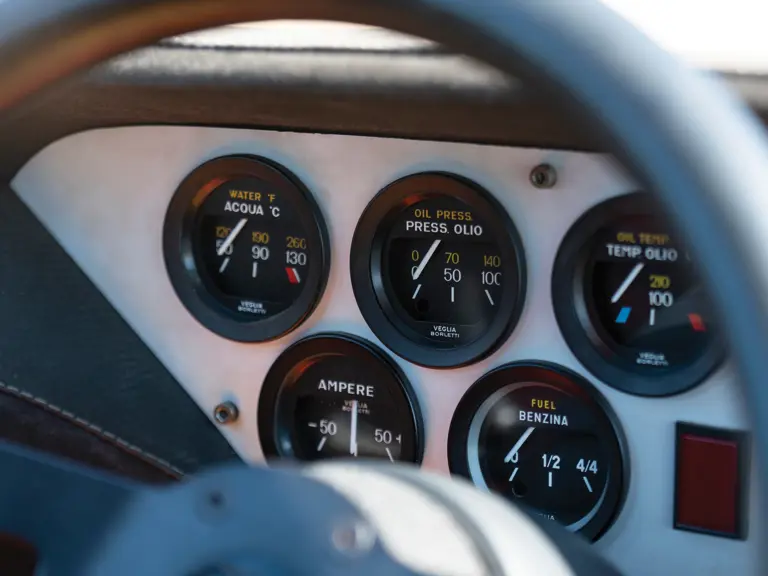
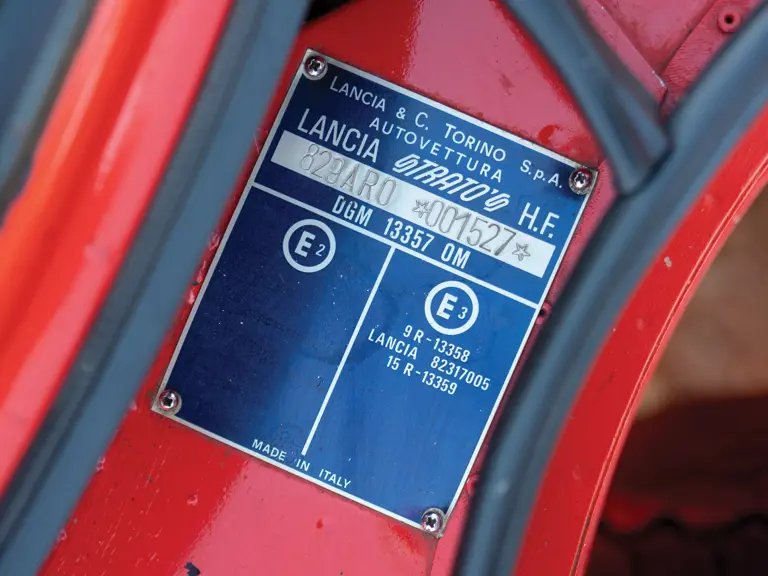
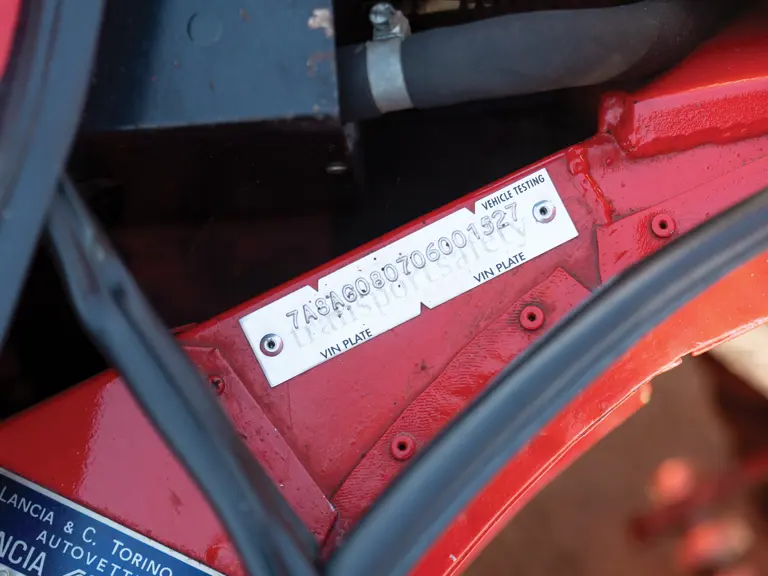
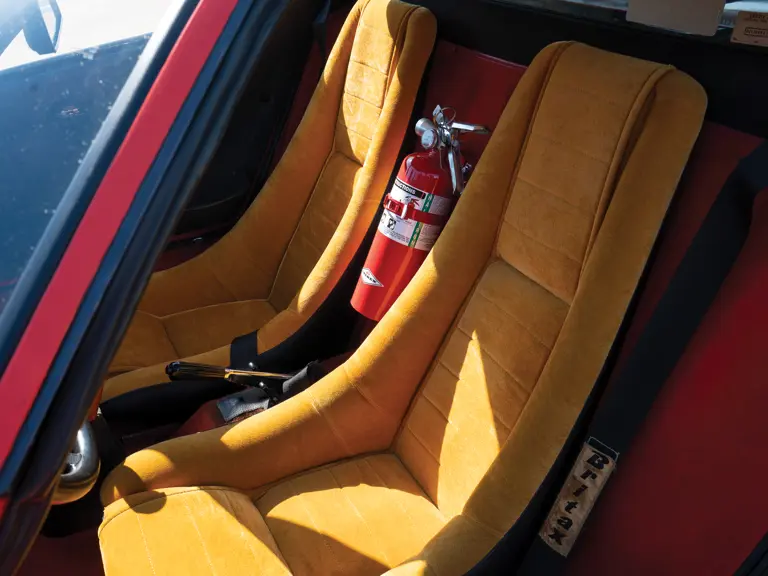
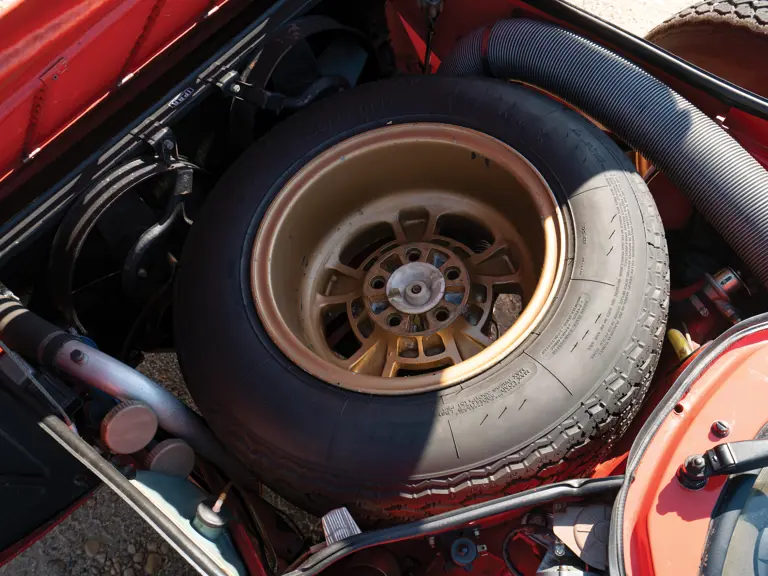
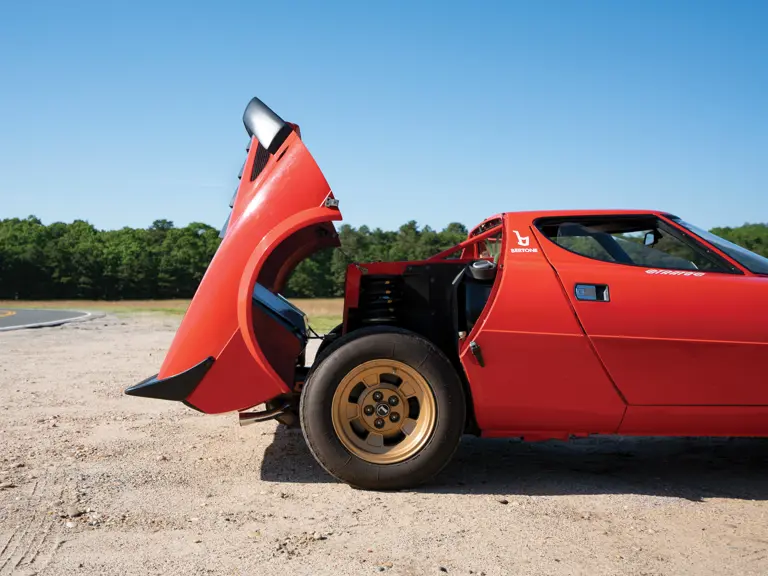
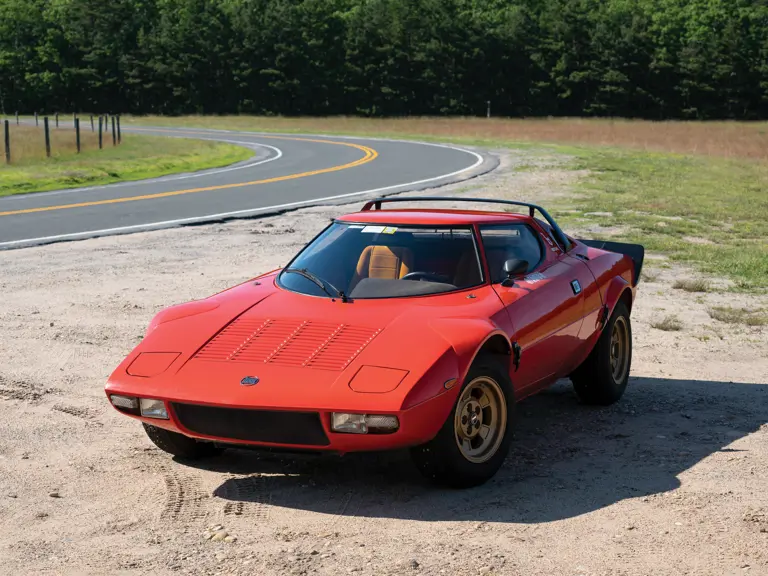
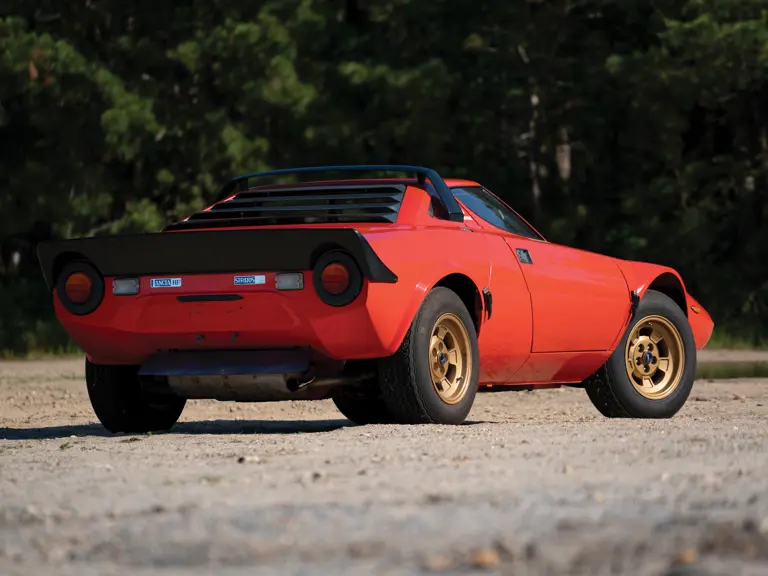
 | Monterey, California
| Monterey, California
